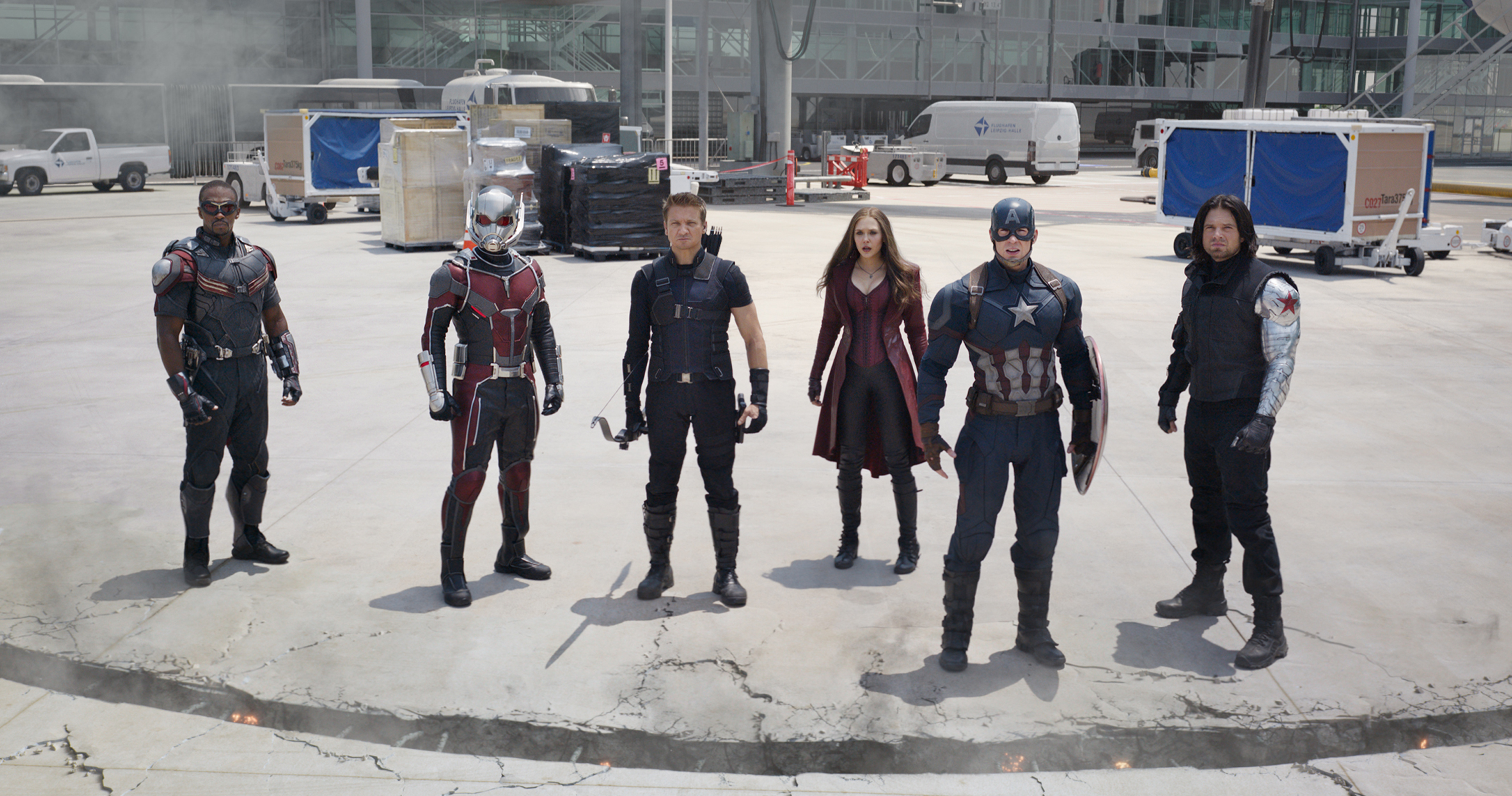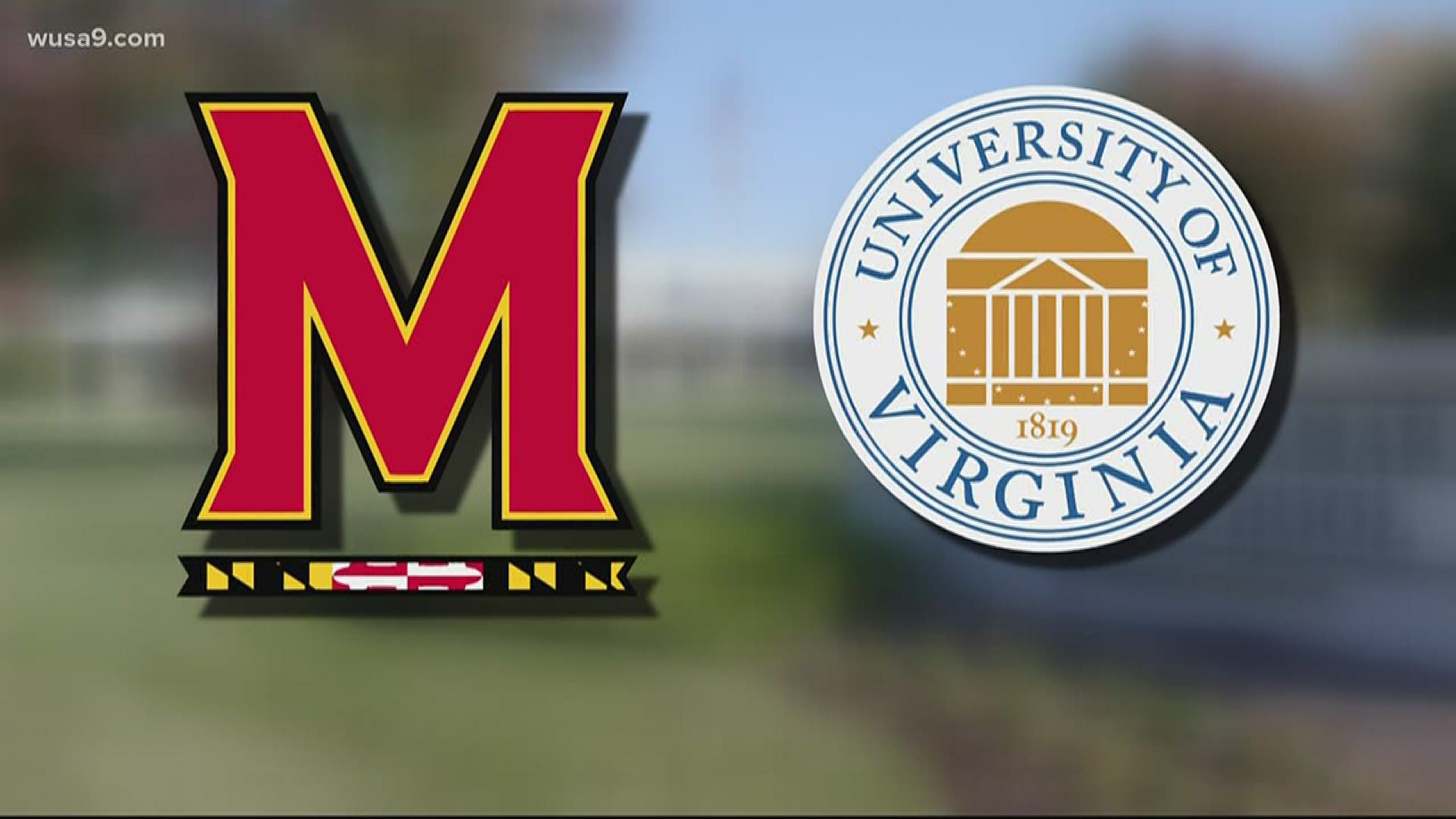![Team Cap Civil War [image : 84101446]](http://www.gannett-cdn.com/-mm-/331563aac665ddfdf1a481d1b8314e028ad838d8/c=1562-358-2559-1210/local/-/media/2016/05/07/USATODAY/USATODAY/635982601326909726-CWD0177-v004-048529.1031-R.jpg)
End-credits scenes have become signature moments of Marvel superhero movies that lead to the next films — and banes of existence for movie theater workers who just want everybody out so they can clean up spilled popcorn.
Captain America: Civil War is no different: It has two tags at the end that nicely foreshadow a pair of upcoming movies in the current “Phase 3” of the Marvel Cinematic Universe, and we talked with directors Anthony and Joe Russo about how each fit into the characters’ futures.
SPOILER ALERT: The following discusses plot points integral to the conclusion of Civil War so beware if you haven’t seen it yet.
...
…
...
THIS IS YOUR FINAL WARNING. (And also a fine time for a GIF showing a bunch of stuff blowing up.)
![Civil War GIF - Find & Share on GIPHY [oembed : 84101192] [oembed : 84101192] [oembed : 84101192] [oembed : 84101192] [oembed : 84101192] [oembed : 84101192]](/Portals/_default/Skins/PrestoLegacy/CommonCss/images/smartembed.png)
Alrighty, now let's head down to Spoilertown.
![unmasked Black Panther [image : 83934964]](http://www.gannett-cdn.com/-mm-/595d5d9a4a80b85807f6a195e91a614f2bf75db7/c=427-0-2269-1574/local/-/media/2016/05/04/USATODAY/USATODAY/635979730452675900-ZEM0140-v005.1101.jpg)
The first mid-credits scene acts an epilogue to Civil War’s ending, where Captain America (Chris Evans) has left his star-spangled shield behind and gone into hiding after breaking Falcon (Anthony Mackie) and other teammates out of the supermax prison The Raft.
Cap and his friend Bucky Barnes (Sebastian Stan), who has lost his robotic arm after a tussle with Iron Man (Robert Downey Jr.), are shown as fugitives from the federal government given asylum by T'Challa (Chadwick Boseman), aka Black Panther and new king of the African nation of Wakanda. Bucky has decided to go into icy suspended animation until a cure can be found for the Hydra brainwashing he went through as the deadly Winter Soldier, and Cap warns T'Challa that people might come after them. Black Panther’s response: “Let them try.”
The Russos didn’t want to show too much of Wakanda before director Ryan Coogler’s Black Panther (in theaters Feb. 16, 2018) explores the high-tech landscape, so they instead gave a quick peek at a misty forest and a fearsome panther statue “representing the defiance of T’Challa and the mystery of what the place is,” says Joe Russo.
His brother Anthony adds that the scene also gave them a sense of needed closure:
“Black Panther’s arc is one of our favorite things about the movie: He’s driven so powerfully by vengeance and he gets to a point at the end of the film where he realizes what that drive has done and is doing to other people and he’s able to set it down and move forward. This idea that he would offer refuge to Cap, this guy he’s been fighting the whole movie, and Bucky, this guy who he’s been trying to kill the whole movie … is just a really cool arc for him to go through and it’s inspiring.”
![Spider-Man shield [image : 32603601]](http://www.gannett-cdn.com/-mm-/21f6932e2f92151010d606e863fe2166ad9ba49b/c=927-399-2091-1394/local/-/media/2016/05/07/USATODAY/USATODAY/635982601295553525-TRC0200-v005-036854.1061.jpg)
The second scene comes after all the credits have rolled and features Peter Parker (Tom Holland) tending to his bumps, bruises and a major-league black eye after his first massive superhero throwdown as Spider-Man. His Aunt May (Marisa Tomei) checks in on him, and Peter tells her he got beaten up by “a big guy” named Steve — a reference to getting walloped by Cap. After May leaves, Peter looks in awe at the next-level Spider-tech and a neato Spider-symbol emanating from his wrist web shooters, seemingly a gift from his new billionaire best friend (and science bro) Tony Stark.
Not only does it set the stage for the upcoming Spider-Man: Homecoming (in theaters July 7, 2017) but also ties into the Peter/Tony dynamic seen earlier when Iron Man recruits the wide-eyed teenager for his squad. Says Joe Russo:
“There were similarities we knew (Tony would) be attracted to in this kid, namely that he’s a technological genius as well. He sees a real opportunity to mentor someone.”
To check out what USA TODAY's The Mothership crew thinks about Civil War, listen to the new episode of the geek culture podcast:
![We review 'Captain America: Civil War' by The Mothership [oembed : 84101490] [oembed : 84101490] [oembed : 84101490] [oembed : 84101490] [oembed : 84101490] [oembed : 84101490]](/Portals/_default/Skins/PrestoLegacy/CommonCss/images/smartembed.png)


